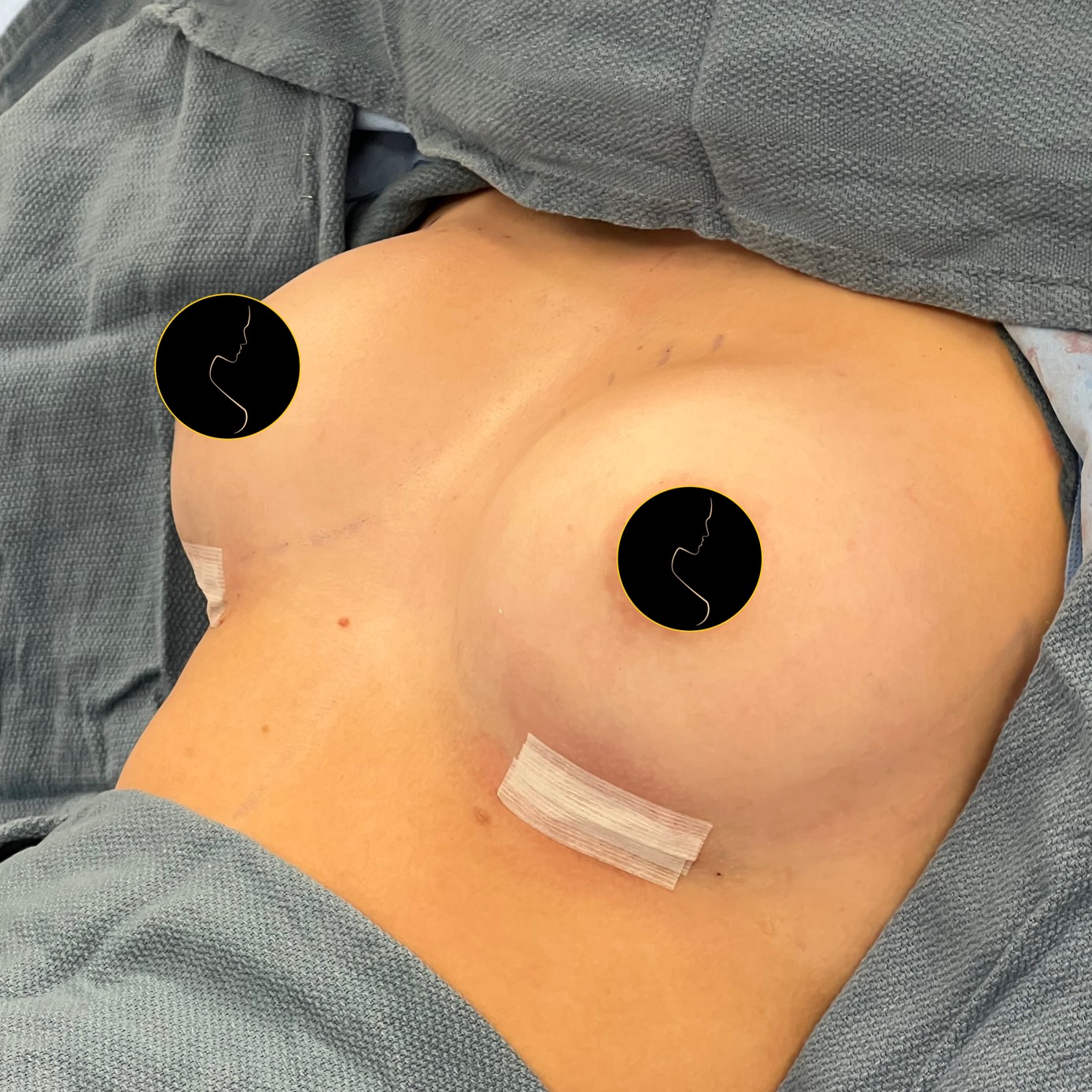I probably have the longest conversations with my patients about breast augmentations of all the operations I perform. Breast augmentation is an inherently flawed operation. Unlike a rhinoplasty or tummy tuck, which when executed correctly can be one-and-done operations, breast augmentation involves the placement of a device (implant) that has a limited lifespan.

We hope to get 10+ years of longevity out of an implant, but many patients undergo revisions, exchanges, or removed prior to that. Likewise, improperly selected breast implants can cause tremendous damage to your native tissues (including the skin and the breast); the larger the implant, the greater the pressure exerted on your tissues, and the more stretching and thinning those tissues will experience over the course of years. Some patients who have had exceedingly large implants placed, by their own choice or their surgeon’s, end up as what I call “implant cripples”, meaning their tissues have been so damaged that they cannot achieve a normal appearance of the breast without an implant in place. Every patient has a “correct” ballpark size based on their frame and tissue properties; exceeding this greatly increases the risk of tissue damage and recurrent problems with capsular contracture (tightening of the scar tissue around the implant leading to deformity and even pain).
If patients decide to proceed with breast augmentation, we tackle several important decision points and their risks and benefits. These include selecting silicone or saline implants, where the implant will be located (under or above the muscle), and how the implant will be placed (via a scar under the breast, along with the areola, or through the armpit). We discuss breastfeeding after breast augmentations. We also discuss the FDA’s Black Box Warning on silicone implant breast augmentations, specifically the risk of Breast Implant-related Illness and ALCL (a very rare lymphoma associated with textured silicone implants).

When it comes to executing the breast augmentation operation, I fall back on my cutting-edge training in Beverly Hills. I place the breast implants meticulously, with minimal bleeding and tissue trauma. This allows for a rapid recovery from breast augmentation; I expect my patients to go out to dinner on the night of surgery!
At the end of the day, I care about my patients’ well-being much more than booking another surgery. I have had patients elect not to undergo breast augmentation after these conversations, and I’m OK with that! For those that elect to proceed, I ensure that they undergo the best possible operation with a properly sized implant to achieve safe, long-lasting, and beautifully natural results.



